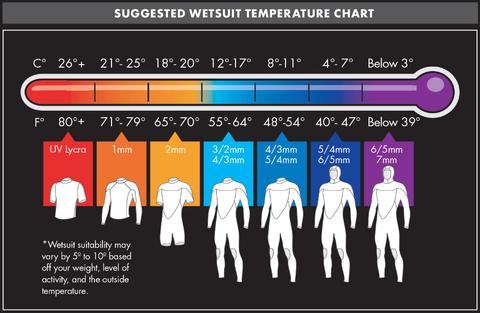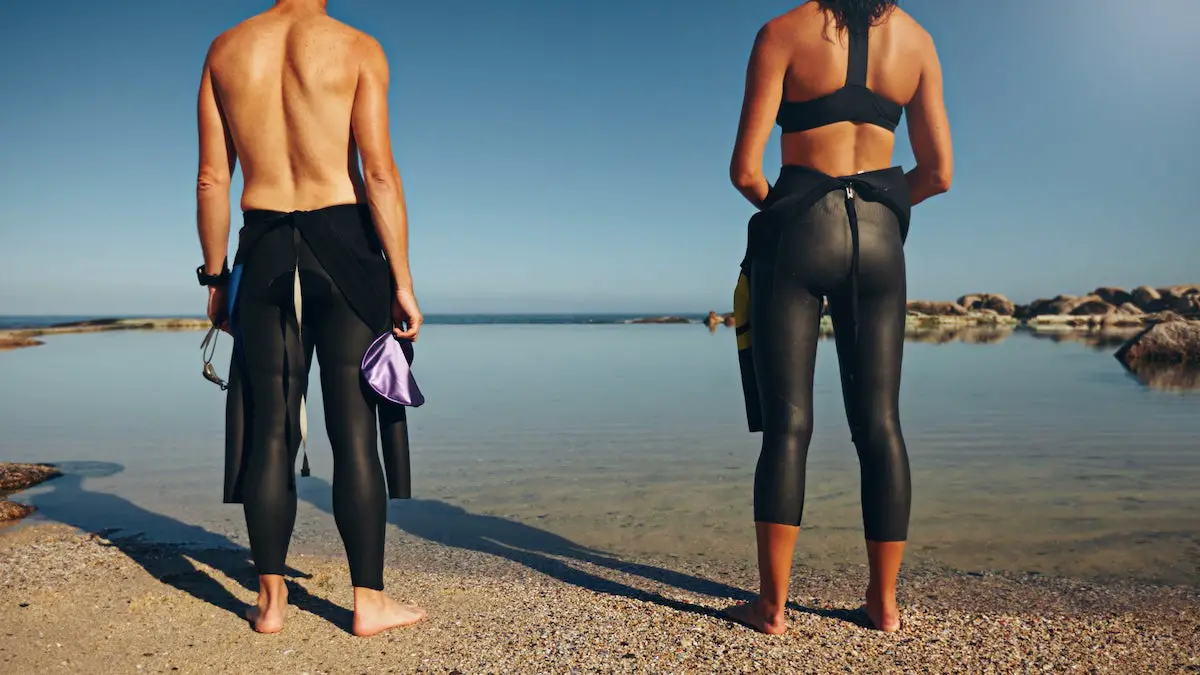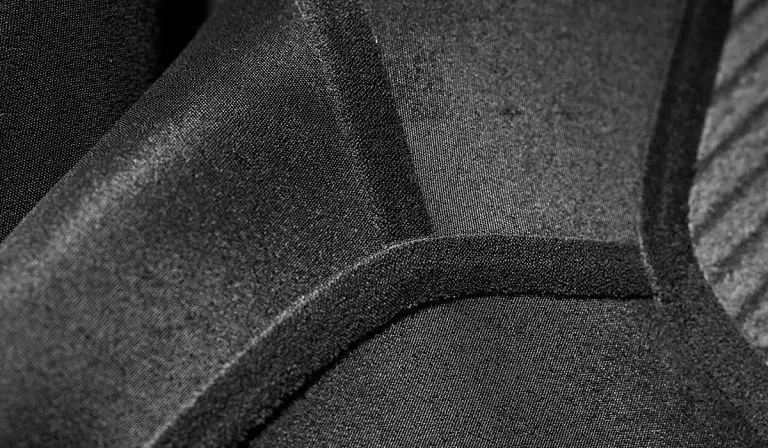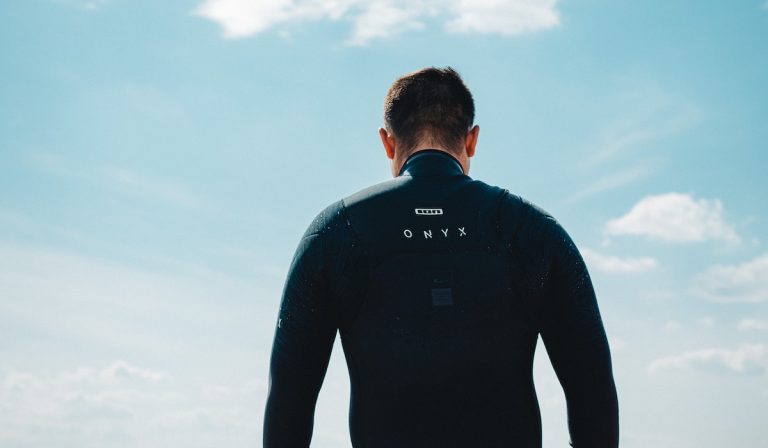Why you should wear a wetsuit is a pretty easy question of course. You wear a wetsuit to stay warm in the water and avoid hypothermia in cold waters. Hypothermia is a too low body temperature (lower than 35 degrees). With a wetsuit, you can also stay in the water for a longer period. But there are many other reasons to wear a wetsuit in the water.
What are the advantages of a wetsuit?
What are the advantages and disadvantages of a wetsuit? There are three main advantages of having a wetsuit. See here below:
- Keeps you warm in the water
A wetsuit’s main purpose is to keep you warm in the water. Not only when the water is cold but also if you want to stay longer in the water 30 minutes or longer. - Protects the skin from sunburn
If you wear a full wetsuit or a steamer it protects your whole body against the sun. Except for your face, hands, and feet. You should put sunscreen on them or you wear shoes, gloves and a hat of course ;). You can also wear a shorty or other wetsuit than a full wetsuit, but of course, you need to put more sunscreen on. - Protects the skin from damage
You can spare your skin from small scratches and cuts in and out of the water. You rather have a cut or scratch in your wetsuit than in your body. Also, the wetsuit protects you from small sealife or sea creatures such as jellyfish, bluebottles, and sea lice. - More buoyancy or floating
Wearing a wetsuit helps you to float more easily, which is a huge advantage. Because of the natural buoyancy of neoprene, you sit higher in the water than you would without a wetsuit. That means less resistance and a more pleasant swim. This is especially essential for triathletes who are looking for every competitive edge they can get in order to cut time. Keep in mind that a wetsuit is not floating enough to work like a lifejacket or lifebuoy. - Faster swimming speed
There are certain triathlon wetsuits that have some coating on that wetsuit that make them faster. This coating makes it easier to glide through the water with 15% less resistance. Some professional swimmers say it makes them 5%or 10% faster. A big benefit for the triathletes and open-water swimmers. - Better performance by muscle compression
Another benefit of wearing a wetsuit is providing automatic compression to muscles and joints, allowing you to function better and for longer periods of time. While jogging, wearing a wetsuit may feel like having a compression sleeve over your knee. When you put on your wetsuit, your entire body tightens up and you feel more prepared to perform. This wetsuit advantage can also help you push harder as a swimmer or surfer.
What are the disadvantages of a wetsuit?
- Less flexible
If you put on a full wetsuit or any other your body will be less flexible. The neoprene and the lining will be less stretchy and flexible and it will hold you down. - Putting on and taking off
If you want to wear a wetsuit you have to go through the struggle of putting the wetsuit on. Nobody I know enjoys the hassle of putting the wetsuit on or taking it off. But it is worth the struggle when you are finally warm in the water :).
How should you wear a wetsuit?
Sounds logical but there are many different wetsuit types and how you wear them. Wearing them the right way helps you stay warmer in the water more effectively. By wearing it the right way we mean the wetsuit should always fit perfectly. There are some important critical points you should check to see if the wetsuit has the right fit for you.
- No gaps and rolls
If you have some big gaps or rolls around your arms and legs the wetsuit is too big. A too big wetsuit will not keep you that warm in the water. - Not too tight
If you put your arms in the air and you feel too much pressure on your arms and shoulders your wetsuit is too small. A too-small wetsuit will hold down your flexibility and it will be uncomfortable if you wear it a bit longer. Extra note: a wetsuit will stretch or loosen up after a while but not too much. - Length of the sleeves and legs
For the perfect length of the wetsuit, the sleeves of the wetsuit should come around the wrist bone of your arm. The legs of the wetsuit should come around the ankle bone. - No hole at your lower back
At the back of the wetsuit, there should not be a hole between your back and the wetsuit. Especially for women, it is important to find a tight wetsuit for that part of the body since women have a more curved lower back.
When should you wear a wetsuit?
I think this is also a personal matter because I can give a temperature guide when to wear what type of wetsuit. But not everyone will experience the same amount of warmth in the water because some are more easily cold than others.
But in general, you wear a wetsuit when the water is around 18 and 20 degrees or you want to stay longer (longer than 30 minutes) in the water and your body temperature drops after some time. Also, many temperature guides give an idea of when to wear a wetsuit. See here below.

Where should you wear a wetsuit?
This question is maybe a bit obvious but still it is good to sum these up.
- Sea
In the sea is the most common place where you wear a wetsuit. Here you can practice any sport you want. The sea can be warm and cold but you always have to be careful the sea can be a dangerous place. - River
Not a lot of sports are allowed around rivers but there are some rivers where you can go Canyoning or Kayak, SUP, windsurf, kitesurf or practice diving. - Lake
Lakes can be cold and on a lot of lakes it is allowed to SUP, windsurf and sometimes kitesurf. In these cases you may need a wetsuit. - Swimming pool
I think it is most unlikely that you wear a wetsuit in a pool but when you are practicing diving you mostly start in a pool and wear a wetsuit to have the full experience. So there you go :P.




